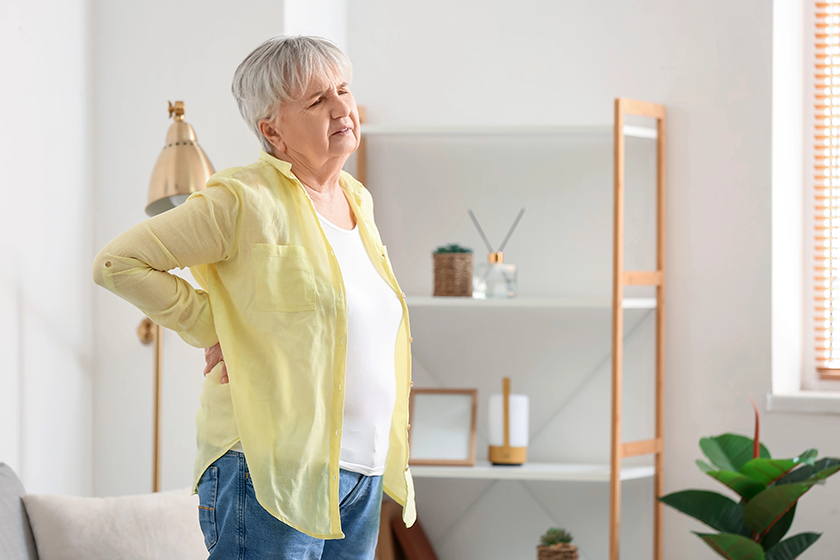As people age, their bodies undergo various changes, some of which can affect posture and mobility. One condition that often goes unnoticed in older adults is scoliosis in the elderly. This progressive spinal condition can lead to discomfort, difficulty walking, and even breathing issues. Recognizing the signs early can help ensure your loved one gets the professional help they need.
What Is Scoliosis in Older Adults?
Scoliosis is a sideways curvature of the spine that is commonly associated with adolescence. However, it can also develop or worsen later in life. In elderly individuals, it is often classified as degenerative scoliosis resulting from spinal wear and tear. Unlike childhood scoliosis which is typically painless, scoliosis in seniors may cause back pain, reduced flexibility, and balance issues.
5 Key Signs of Scoliosis in the Elderly
- Visible Curvature of the Spine
One of the most apparent signs of scoliosis is the noticeable curve in the spine which may cause the back to appear uneven or asymmetrical. The curve may be seen as a “C” or “S” shape when viewed from the back. - Uneven Shoulders or Hips
If one shoulder or hip appears higher than the other, it could be a sign that the spine is curving unevenly. This asymmetry is a key indicator of scoliosis and may be noticeable even when you are standing or sitting. - Back Pain or Discomfort
A common symptom of degenerative scoliosis is chronic back pain, especially in the lower back area. As the spine curves, it can put pressure on nerves and other structures. As a result, you might feel pain, stiffness, and discomfort. - Posture Changes
A person with scoliosis may develop poor posture, such as leaning to one side or having a slouched back. These posture changes often develop slowly and may not be obvious until the condition progresses. - Difficulty Walking or Balance Issues
In advanced stages of scoliosis, the misalignment of the spine can affect balance and coordination. This misalignment makes it harder to walk or maintain stability. This can increase the risk of falls, which is particularly concerning for older adults.
Diagnosis and Treatment Options
If you suspect scoliosis in your elderly loved one, it’s important to seek a comprehensive evaluation from a healthcare professional. Diagnosis typically involves a physical exam and imaging tests such as X-rays or MRIs.
Treatment options depend on the severity of the condition but may include:
- Physical Therapy
Physical therapy can help strengthen the muscles surrounding the spine and improve flexibility. This can reduce pain and improve posture, helping to alleviate some of the discomfort caused by scoliosis. - Pain Management
For those experiencing pain, medications such as over-the-counter pain relievers or prescription medications can provide relief. In some cases, injections may be used to reduce inflammation and pain. - Bracing or Surgery
In more severe cases, a brace may be recommended to help prevent further curvature. For individuals with significant curvature or pain that doesn’t respond to other treatments, surgery may be considered.
Senior Scoliosis
Catching scoliosis in the elderly early can help improve comfort, mobility, and quality of life. If you notice any of the key signs—such as posture changes, chronic pain, or balance issues—consider scheduling an evaluation for your loved one. Early intervention can make a significant difference in managing symptoms and maintaining independence.
Find out how our senior living programs can better support the overall well-being of your older loved ones with scoliosis. Contact our senior living community today to explore how we deliver person-centered care.







